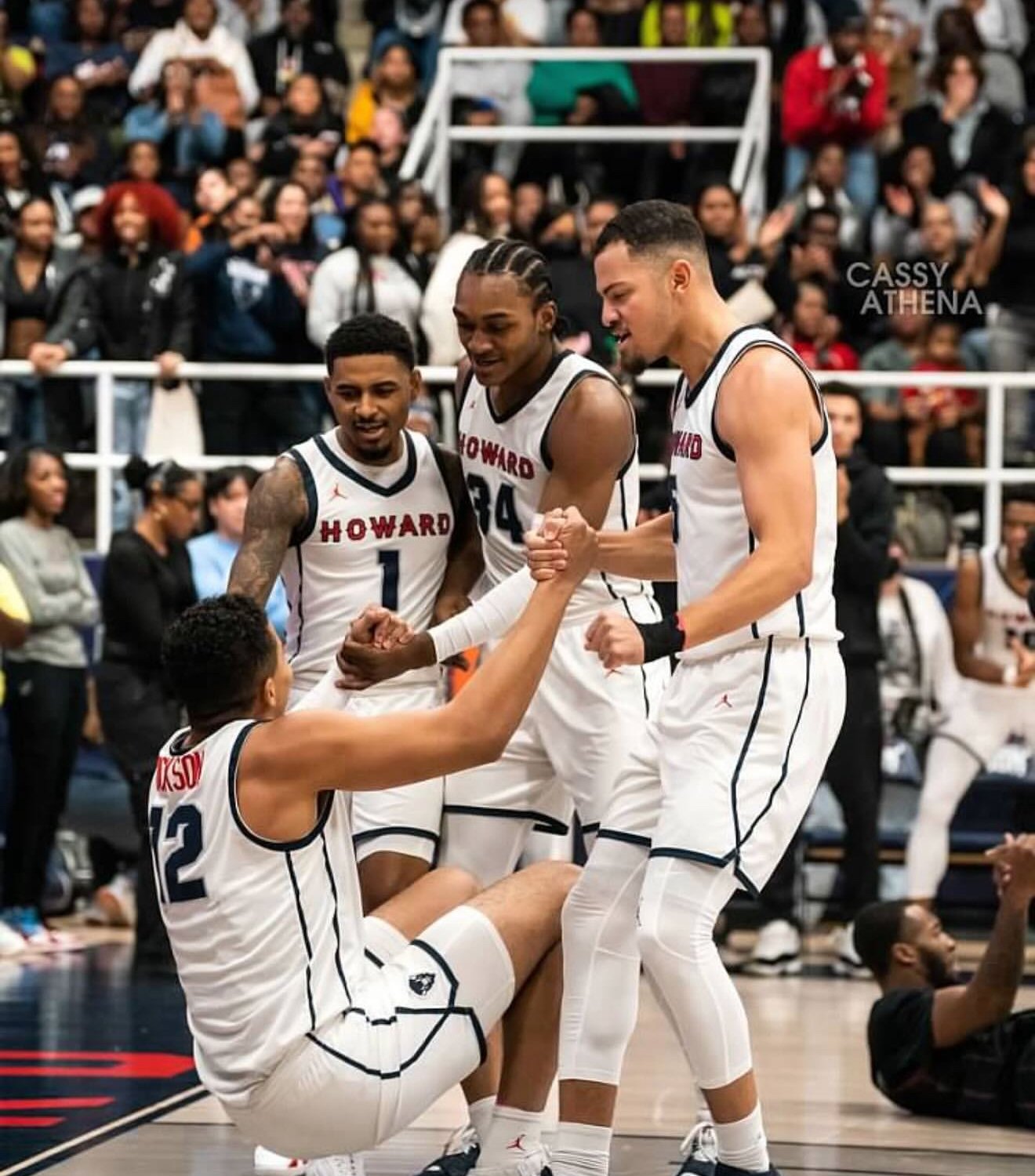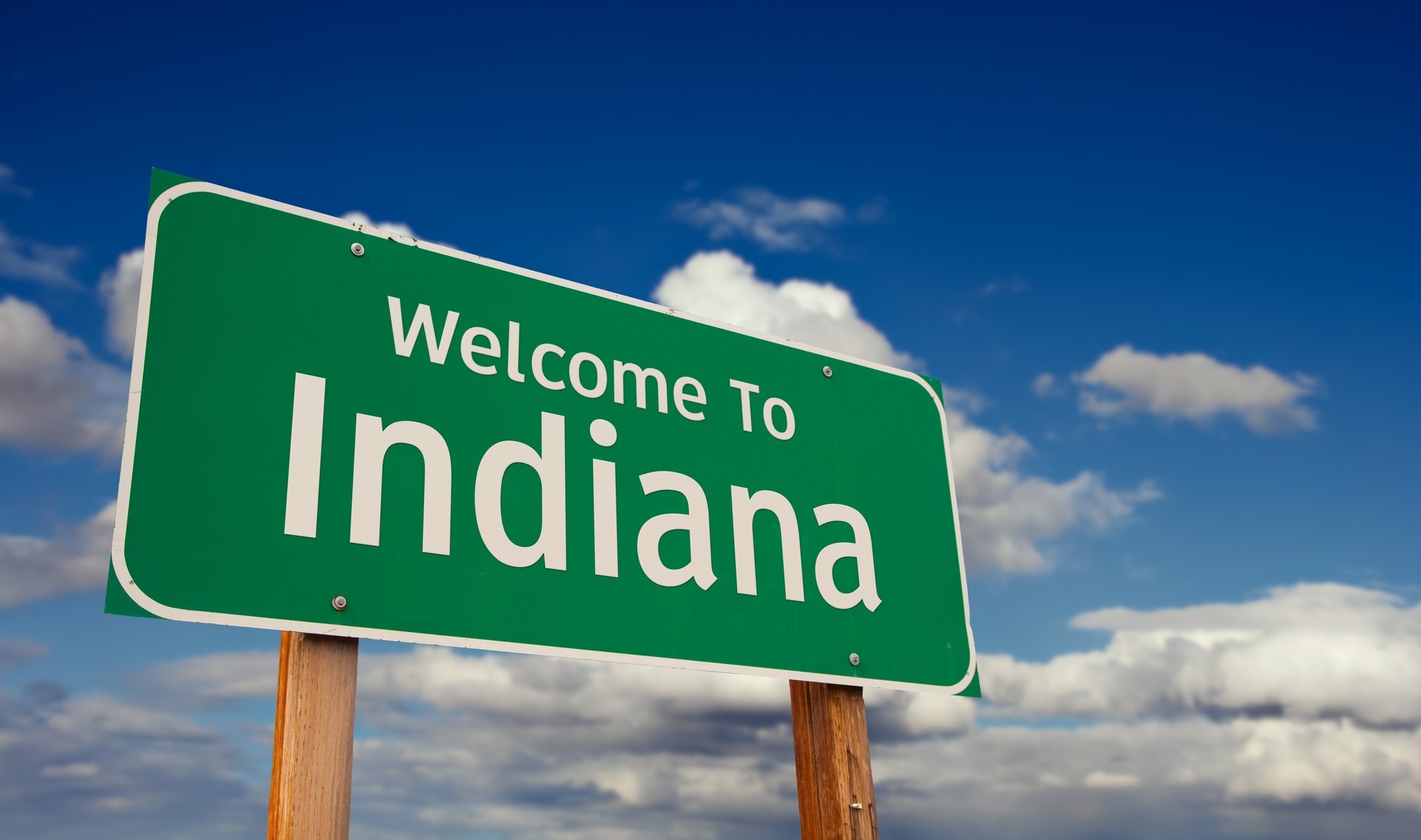Good morning! I’m just going to ahead and apologize in advance for any typos in this newsletter. My youngest, who is 13 months, is sick and absolutely demanding to be held every second, or else she explodes in tears. And it turns out, typing with only one hand, while the other cradles a ticking time bomb of toddler tears…is hard! So please send all complaints to my daughter.
Is helping pay for a new college football stadium a bad idea?
The Governor of Hawaii just signed a bill that will free up $350 million dollars for a massive redevelopment project that would include a new football stadium for the University of Hawaii, along with assorted other developments nearby. You can see the state’s press release here.
If you’re a fan of Hawaii football, or even just the idea of Hawaii football, that sure sounds like a good thing. Aloha Stadium isn’t that old in college football stadium years, since lots of teams are playing in structures that were first built around World War II. But it is pretty old in regular stadium years (it opened in 1975), and thanks to rust problems and other safety concerns, would need a lot of work.
Hawaii isn’t an especially wealthy school and the athletic program has pretty well documented financial problems. Securing a new stadium, in a region where just about everything is expensive, might be impossible without some help from outside the school.
So I intellectually understand the argument for taxpayers potentially stepping in. Hawaii wouldn’t be the first state to use public money to help with a university infrastructure, or even the first state to directly help pay for athletic department stuff. Several years ago, I wrote (critically) about Utah and Wyoming helping pay for some things.
What I haven’t seen is anybody critically writing about whether this is a good use of $350 million for taxpayers of Hawaii. Sure, a new stadium would probably hold events outside of Hawaii football games, whether that’s future Pro Bowls, Bowl Games, concerts, maybe even a Super Bowl (probably not a Super Bowl). But it’s not like the stadium would likely be that much of a catalyst for Hawaiian tourism. You don’t really need to twist the arms of folks to get them to visit the state, given that…you know…*gestures to the rest of Hawaii*.
I’m a huge critic of using taxpayer money to pay for professional sports stadiums. Given that the folks who own professional teams are some of the wealthiest in the country and stand to capture most of the benefits of a stadium, it’s hard for me to ever think of an example where that’d be okay. Usually, I think they end up being gross examples of corporate welfare.
Maybe the calculus is different for a college stadium. Maybe it isn’t, especially if the profits and benefits of that mixed use developments are captured by a handful of political connected developers. Maybe it’s just an inefficient use of money, seeing as the stadium would only be used a handful of times a season, and presumably, Hawaii has other things they could use $350 million on. Maybe, in a state without a pro sports team, it could be defensible. You can’t have an FBS football program without a stadium, and the last time I looked at the numbers, I came away thinking Hawaii likely wouldn’t save money by ditching, or downgrading, football.
I’m not going to sit here and pretend to be an expert on Hawaiian politics, so I can’t really muster a super strong take, but while the part of me that excitedly watches Hawaii football at 2 AM because I’m a degenerate is happy about this news, (LOOK HOW COOL THOSE UNIFORMS ARE! LOOK AT THEM! DON’T YOU WANT THEM TO BE HAPPY???) the more rational part of my brain shares some healthy skepticism. And I gotta be honest, if my Governor announced a plan to use state funds to help say, NIU, build something…I wouldn’t be automatically supportive.
I hope more folks ask those sorts of questions before all the shovels go into the ground, I guess.
Could school mergers be on the horizon?
I’ve written about this before, but I think that generally there are some ugly headwinds coming for higher education. Declining state support (either dramatically, like in Alaska or less so in Georgia), plus potentially declining international enrollment, plus greater student concerns over cost, and a decrease in college-bound applicants all add up to some difficult financial realities.
Alaska’s budget cuts are the most dramatic, but the state doesn’t have a Division 1 athletic program right now (it wouldn’t shock me if the state’s D2 programs closed up shop should these cuts stick, though). But Chicago State teetered on the edge of dropping out a few years ago thanks to a budget crisis in Illinois, and cost was one of the reasons why Savannah State ended up leaving D1.
Georgia’s legislature is apparently considering straight up merging Savannah State with other schools. According to one proposal, Savannah State could be merged with Albany State and Ft. Valley State to create “one mega HBCU called Georgia A&M University”. That mega HBCU would then just so happen to be outside the purview of the University System of Georgia.
As HigherEdAthletics notes, we’ve had mergers before, and schools from within the same university system can still compete at the same athletics level, and even occasionally against each other. It doesn’t have to mean that the merged schools would also merge athletic departments together.
In a best case scenario, a merger could help schools keep overhead and administrative costs down, while complimenting each other’s institutional strengths. It could also be a political nightmare that nobody wants to touch.
This is not a dynamic I expect to really impact the FBS level that much, since most of those schools are either state flagships or are regional schools with high enrollments, and are institutions that should be able to withstand these headwinds a little better than some of their peers. But at the lower levels of D1, I wouldn’t be shocked if proposals similar to this Georgia bill pop up over the next decade.
Super Teams…not just for the NBA!
The idea that we do not have parity in college football should not be new. A major reason for that is parity has never existed with recruiting. The schools with the most resources, the best geographies, the biggest bag men, the most illustrious histories, etc…tend to get the best players. And teams with the better players usually win more games against teams without as many fancy recruits.
If you want to win a national title, well, you absolutely need to recruit at an elite level. If you don’t sign more blue chips than three stars, you can win a lot of football games, but you aren’t winning a national championship.
247 Sports wonders if we could see even less parity among schools that recruit at that elite level, now that it’s easier than ever for big time recruits to recruit other big time recruits to play with them.
Of the presently committed 18 five-star prospects, 13 of those players are pledged to just five teams: Clemson, Alabama, Georgia, Ohio State and LSU. Expand those numbers out, and 21 of the 34 top-50 prospects who are committed and 35 of the 70 committed players in the top 100 of the 247Sports Composite are committed to those programs.
“There definitely is an arms race between Georgia, Clemson, Ohio State, Alabama, LSU, those type of schools,” Georgia quarterback commit Carson Beck told 247Sports. “All the top talent is going to get truly split between those schools unless one school comes together and form that No. 1 class that’s just unreal.”
Historically, a guy like Ed Oliver, a mega-recruit spurning traditional powers to sign with a Houston, is really rare. But the top of the group usually isn’t so dominated by a tiny handful of programs. After all, in 2019, Oregon, Oklahoma, South Carolina and Texas signed top-ten kids, and schools like Tennessee, Penn State, Michigan, Wisconsin, Auburn and Ole Miss signed five-stars. In 2018, Penn State signed two of the top ten players in the country. USC had three in the top 20. The top prospect in the class of 2017 originally signed with UCLA. You get the idea.
This development is bad news for programs like USC, Florida, Florida State, and anybody else who has designs on potentially competing for national titles. I also wonder how sustainable that level of clustering is. After all, you can only play so many guys at once, and five-stars don’t go anywhere to ride the bench or only play sparingly. If they’re not playing, dudes typically transfer.
It’s only July, and recruiting is fluid, but there may be something here to the idea that the best of the best are clustering at a level they haven’t over the last few years. That sucks for anybody who is sick of watching Clemson and Alabama play again. But at the very least, if these trends hold, those games should be really good.
I mean, I enjoyed this part quite a bit.
Did you forget that really happened? I sure haven’t!
Thanks for supporting Extra Points. Your subscriptions make this possible! If you enjoyed this newsletter, or Extra Points generally, please consider telling your Twitter or message board friends about it. And feel free to pass along questions, tips, and more me at @MattSBN or Matt dot Brown at SBNation dot com.


















